HSBC 2015 Annual Report Download - page 207
Download and view the complete annual report
Please find page 207 of the 2015 HSBC annual report below. You can navigate through the pages in the report by either clicking on the pages listed below, or by using the keyword search tool below to find specific information within the annual report.-
 1
1 -
 2
2 -
 3
3 -
 4
4 -
 5
5 -
 6
6 -
 7
7 -
 8
8 -
 9
9 -
 10
10 -
 11
11 -
 12
12 -
 13
13 -
 14
14 -
 15
15 -
 16
16 -
 17
17 -
 18
18 -
 19
19 -
 20
20 -
 21
21 -
 22
22 -
 23
23 -
 24
24 -
 25
25 -
 26
26 -
 27
27 -
 28
28 -
 29
29 -
 30
30 -
 31
31 -
 32
32 -
 33
33 -
 34
34 -
 35
35 -
 36
36 -
 37
37 -
 38
38 -
 39
39 -
 40
40 -
 41
41 -
 42
42 -
 43
43 -
 44
44 -
 45
45 -
 46
46 -
 47
47 -
 48
48 -
 49
49 -
 50
50 -
 51
51 -
 52
52 -
 53
53 -
 54
54 -
 55
55 -
 56
56 -
 57
57 -
 58
58 -
 59
59 -
 60
60 -
 61
61 -
 62
62 -
 63
63 -
 64
64 -
 65
65 -
 66
66 -
 67
67 -
 68
68 -
 69
69 -
 70
70 -
 71
71 -
 72
72 -
 73
73 -
 74
74 -
 75
75 -
 76
76 -
 77
77 -
 78
78 -
 79
79 -
 80
80 -
 81
81 -
 82
82 -
 83
83 -
 84
84 -
 85
85 -
 86
86 -
 87
87 -
 88
88 -
 89
89 -
 90
90 -
 91
91 -
 92
92 -
 93
93 -
 94
94 -
 95
95 -
 96
96 -
 97
97 -
 98
98 -
 99
99 -
 100
100 -
 101
101 -
 102
102 -
 103
103 -
 104
104 -
 105
105 -
 106
106 -
 107
107 -
 108
108 -
 109
109 -
 110
110 -
 111
111 -
 112
112 -
 113
113 -
 114
114 -
 115
115 -
 116
116 -
 117
117 -
 118
118 -
 119
119 -
 120
120 -
 121
121 -
 122
122 -
 123
123 -
 124
124 -
 125
125 -
 126
126 -
 127
127 -
 128
128 -
 129
129 -
 130
130 -
 131
131 -
 132
132 -
 133
133 -
 134
134 -
 135
135 -
 136
136 -
 137
137 -
 138
138 -
 139
139 -
 140
140 -
 141
141 -
 142
142 -
 143
143 -
 144
144 -
 145
145 -
 146
146 -
 147
147 -
 148
148 -
 149
149 -
 150
150 -
 151
151 -
 152
152 -
 153
153 -
 154
154 -
 155
155 -
 156
156 -
 157
157 -
 158
158 -
 159
159 -
 160
160 -
 161
161 -
 162
162 -
 163
163 -
 164
164 -
 165
165 -
 166
166 -
 167
167 -
 168
168 -
 169
169 -
 170
170 -
 171
171 -
 172
172 -
 173
173 -
 174
174 -
 175
175 -
 176
176 -
 177
177 -
 178
178 -
 179
179 -
 180
180 -
 181
181 -
 182
182 -
 183
183 -
 184
184 -
 185
185 -
 186
186 -
 187
187 -
 188
188 -
 189
189 -
 190
190 -
 191
191 -
 192
192 -
 193
193 -
 194
194 -
 195
195 -
 196
196 -
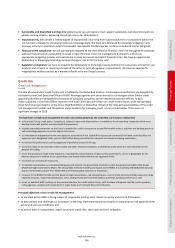 197
197 -
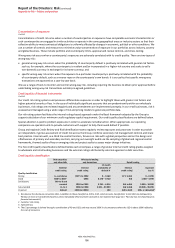 198
198 -
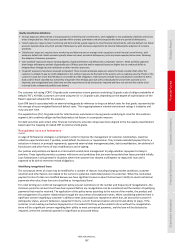 199
199 -
 200
200 -
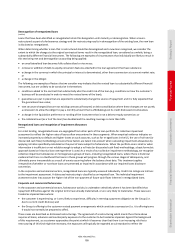 201
201 -
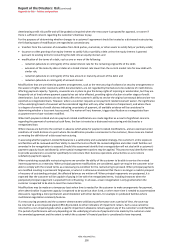 202
202 -
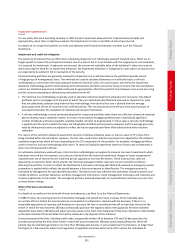 203
203 -
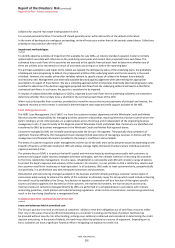 204
204 -
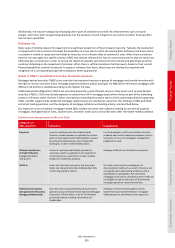 205
205 -
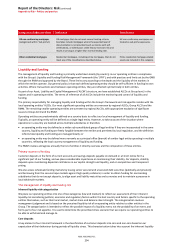 206
206 -
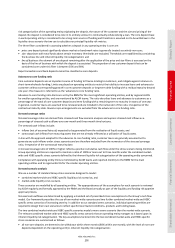 207
207 -
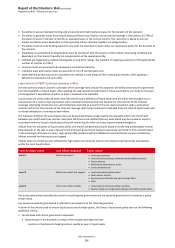 208
208 -
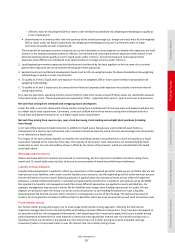 209
209 -
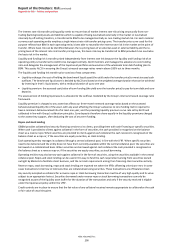 210
210 -
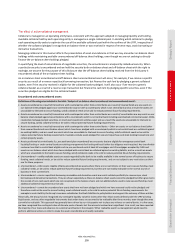 211
211 -
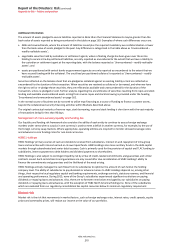 212
212 -
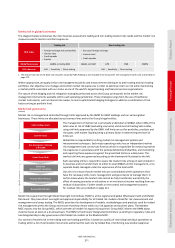 213
213 -
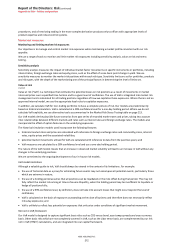 214
214 -
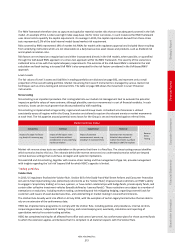 215
215 -
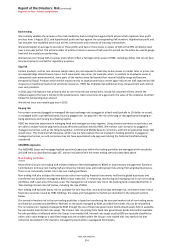 216
216 -
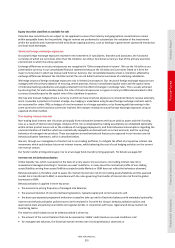 217
217 -
 218
218 -
 219
219 -
 220
220 -
 221
221 -
 222
222 -
 223
223 -
 224
224 -
 225
225 -
 226
226 -
 227
227 -
 228
228 -
 229
229 -
 230
230 -
 231
231 -
 232
232 -
 233
233 -
 234
234 -
 235
235 -
 236
236 -
 237
237 -
 238
238 -
 239
239 -
 240
240 -
 241
241 -
 242
242 -
 243
243 -
 244
244 -
 245
245 -
 246
246 -
 247
247 -
 248
248 -
 249
249 -
 250
250 -
 251
251 -
 252
252 -
 253
253 -
 254
254 -
 255
255 -
 256
256 -
 257
257 -
 258
258 -
 259
259 -
 260
260 -
 261
261 -
 262
262 -
 263
263 -
 264
264 -
 265
265 -
 266
266 -
 267
267 -
 268
268 -
 269
269 -
 270
270 -
 271
271 -
 272
272 -
 273
273 -
 274
274 -
 275
275 -
 276
276 -
 277
277 -
 278
278 -
 279
279 -
 280
280 -
 281
281 -
 282
282 -
 283
283 -
 284
284 -
 285
285 -
 286
286 -
 287
287 -
 288
288 -
 289
289 -
 290
290 -
 291
291 -
 292
292 -
 293
293 -
 294
294 -
 295
295 -
 296
296 -
 297
297 -
 298
298 -
 299
299 -
 300
300 -
 301
301 -
 302
302 -
 303
303 -
 304
304 -
 305
305 -
 306
306 -
 307
307 -
 308
308 -
 309
309 -
 310
310 -
 311
311 -
 312
312 -
 313
313 -
 314
314 -
 315
315 -
 316
316 -
 317
317 -
 318
318 -
 319
319 -
 320
320 -
 321
321 -
 322
322 -
 323
323 -
 324
324 -
 325
325 -
 326
326 -
 327
327 -
 328
328 -
 329
329 -
 330
330 -
 331
331 -
 332
332 -
 333
333 -
 334
334 -
 335
335 -
 336
336 -
 337
337 -
 338
338 -
 339
339 -
 340
340 -
 341
341 -
 342
342 -
 343
343 -
 344
344 -
 345
345 -
 346
346 -
 347
347 -
 348
348 -
 349
349 -
 350
350 -
 351
351 -
 352
352 -
 353
353 -
 354
354 -
 355
355 -
 356
356 -
 357
357 -
 358
358 -
 359
359 -
 360
360 -
 361
361 -
 362
362 -
 363
363 -
 364
364 -
 365
365 -
 366
366 -
 367
367 -
 368
368 -
 369
369 -
 370
370 -
 371
371 -
 372
372 -
 373
373 -
 374
374 -
 375
375 -
 376
376 -
 377
377 -
 378
378 -
 379
379 -
 380
380 -
 381
381 -
 382
382 -
 383
383 -
 384
384 -
 385
385 -
 386
386 -
 387
387 -
 388
388 -
 389
389 -
 390
390 -
 391
391 -
 392
392 -
 393
393 -
 394
394 -
 395
395 -
 396
396 -
 397
397 -
 398
398 -
 399
399 -
 400
400 -
 401
401 -
 402
402 -
 403
403 -
 404
404 -
 405
405 -
 406
406 -
 407
407 -
 408
408 -
 409
409 -
 410
410 -
 411
411 -
 412
412 -
 413
413 -
 414
414 -
 415
415 -
 416
416 -
 417
417 -
 418
418 -
 419
419 -
 420
420 -
 421
421 -
 422
422 -
 423
423 -
 424
424 -
 425
425 -
 426
426 -
 427
427 -
 428
428 -
 429
429 -
 430
430 -
 431
431 -
 432
432 -
 433
433 -
 434
434 -
 435
435 -
 436
436 -
 437
437 -
 438
438 -
 439
439 -
 440
440 -
 441
441 -
 442
442 -
 443
443 -
 444
444 -
 445
445 -
 446
446 -
 447
447 -
 448
448 -
 449
449 -
 450
450 -
 451
451 -
 452
452 -
 453
453 -
 454
454 -
 455
455 -
 456
456 -
 457
457 -
 458
458 -
 459
459 -
 460
460 -
 461
461 -
 462
462 -
 463
463 -
 464
464 -
 465
465 -
 466
466 -
 467
467 -
 468
468 -
 469
469 -
 470
470 -
 471
471 -
 472
472 -
 473
473 -
 474
474 -
 475
475 -
 476
476 -
 477
477 -
 478
478 -
 479
479 -
 480
480 -
 481
481 -
 482
482 -
 483
483 -
 484
484 -
 485
485 -
 486
486 -
 487
487 -
 488
488 -
 489
489 -
 490
490 -
 491
491 -
 492
492 -
 493
493 -
 494
494 -
 495
495 -
 496
496 -
 497
497 -
 498
498 -
 499
499 -
 500
500 -
 501
501 -
 502
502
 |
 |

HSBC HOLDINGS PLC
205
Strategic Report Financial Review Corporate Governance Financial Statements Shareholder Information
risk categorisation of the operating entity originating the deposit, the nature of the customer and the size and pricing of the
deposit. No deposit is considered to be core in its entirety unless it is contractually collateralising a loan. The core deposit base
in each operating entity is considered to be a long-term source of funding and therefore is assumed not to be withdrawn in the
liquidity stress scenario that we use to calculate our principal liquidity risk metrics.
The three filters considered in assessing whether a deposit in any operating entity is core are:
• price: any deposit priced significantly above market or benchmark rates is generally treated as entirely non-core;
• size: depositors with total funds above certain monetary thresholds are excluded. Thresholds are established by considering
the business line and inherent liquidity risk categorisation; and
• line of business: the element of any deposit remaining after the application of the price and size filters is assessed on the
basis of the line of business with which the deposit is associated. The proportion of any customer deposit that can be
considered core under this filter is between 35% and 90%.
Repo transactions and bank deposits cannot be classified as core deposits.
Advances to core funding ratio
Core customer deposits are an important source of funding to finance lending to customers, and mitigate against reliance on
short-term wholesale funding. Limits are placed on operating entities to restrict their ability to increase loans and advances to
customers without corresponding growth in core customer deposits or long-term debt funding with a residual maturity beyond
one year; this measure is referred to as the ‘advances to core funding’ ratio.
Advances to core funding ratio limits are set by the RMM for the most significant operating entities, and by regional ALCOs
for smaller operating entities, and are monitored by ALCM teams. The ratio describes loans and advances to customers as a
percentage of the total of core customer deposits and term funding with a remaining term to maturity in excess of one year.
In general, customer loans are assumed to be renewed and are included in the numerator of the ratio, irrespective of the
contractual maturity date. Reverse repo arrangements are excluded from the advances to core funding ratio.
Stressed coverage ratios
Stressed coverage ratios are derived from stressed cash flow scenario analyses and express stressed cash inflows as a
percentage of stressed cash outflows over one-month and three-month time horizons.
The stressed cash inflows include:
• inflows (net of assumed haircuts) expected to be generated from the realisation of liquid assets; and
• contractual cash inflows from maturing assets that are not already reflected as a utilisation of liquid assets.
In line with the approach adopted for the advances to core funding ratio, customer loans are generally assumed not to
generate any cash inflows under stress scenarios and are therefore excluded from the numerator of the stressed coverage
ratio, irrespective of the contractual maturity date.
A stressed coverage ratio of 100% or higher reflects a positive cumulative cash flow under the stress scenario being monitored.
Group operating entities are required to maintain a ratio of 100% or more out to three months under the combined market-
wide and HSBC-specific stress scenario defined by the inherent liquidity risk categorisation of the operating entity concerned.
Compliance with operating entity limits is monitored by ALCM teams and reported monthly to the RMM for the main
operating entities and to regional ALCOs for the smaller operating entities.
Stressed scenario analysis
We use a number of standard Group stress scenarios designed to model:
• combined market-wide and HSBC-specific liquidity crisis scenarios; and
• market-wide liquidity crisis scenario.
These scenarios are modelled by all operating entities. The appropriateness of the assumptions for each scenario is reviewed
by ALCM regularly and formally approved by the RMM and the Board annually as part of the liquidity and funding risk appetite
approval process.
Stressed cash outflows are determined by applying a standard set of prescribed stress assumptions to the Group’s cash flow
model. Our framework prescribes the use of two market-wide scenarios and two further combined market-wide and HSBC-
specific stress scenarios of increasing severity. In addition to our standard stress scenarios, individual operating entities are
required to design their own scenarios to reflect specific local market conditions, products and funding bases.
The two combined market-wide and HSBC-specific scenarios model a more severe scenario than the market-wide scenario.
The relevant combined market-wide and HSBC-specific stress scenario that an operating entity manages to is based upon its
inherent liquidity risk categorisation. The key assumptions factored into the two combined market-wide and HSBC-specific
stress scenarios are summarised as follows:
• all non-core deposits are deemed to be withdrawn within three months (80% within one month), with the level of non-core
deposits dependent on the operating entity’s inherent liquidity risk categorisation;
